These Are The 'Deadliest' Bird Species In Britain That Experts Are Urging Us To Avoid
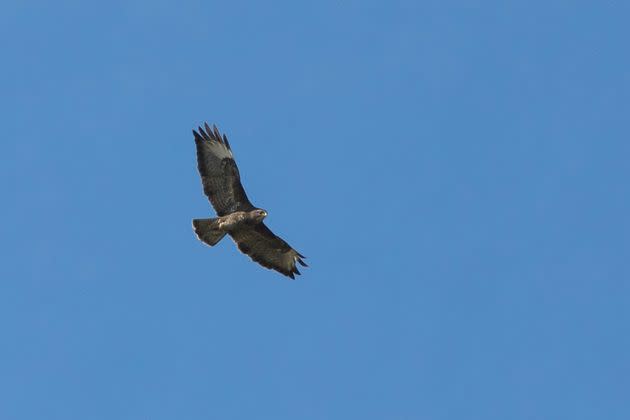
If, like me, you have found yourself growing increasingly fond of birds as you age, experts warn that there are some that are best enjoyed from a healthy distance.
While befriending a bird is tempting, some of them can carry diseases or exhibit behaviour that can put human lives at risk, meaning that appreciating them from afar is probably the best way to go.
Thankfully, the experts at FeatherSnap have revealed exactly which birds we should keep a healthy distance from...
Birds that Brits should avoid
Southern Cassowary
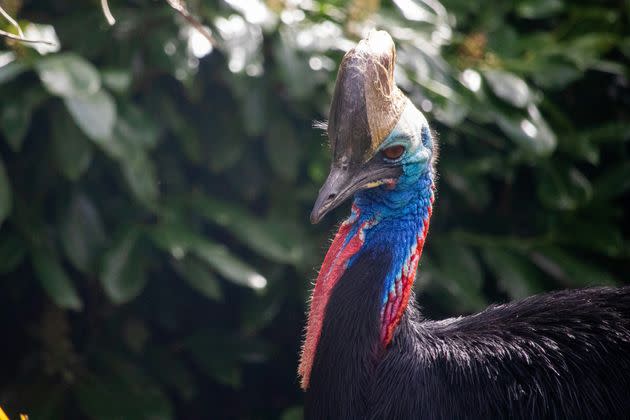
These birds are not actually native to the UK but over the past few years, the population has been increasing here, with a chick hatching in the Cotswolds earlier this month.
Despite being flightless, the Southern Cassowary is one of the most dangerous birds in the world due to its characteristics and size.
It’s known for its sharp claws — each claw spans a size of 12cm — which can be used in attacks at great force, causing cuts and slashes. While fatalities are rare, a man died in 2019 following an attack by a Southern Cassowary.
Fortunately, these birds are shy and, like many animals, only exhibit aggressive behaviour if they feel that they are being threatened or that their young are under attack.
Peregrine Falcon
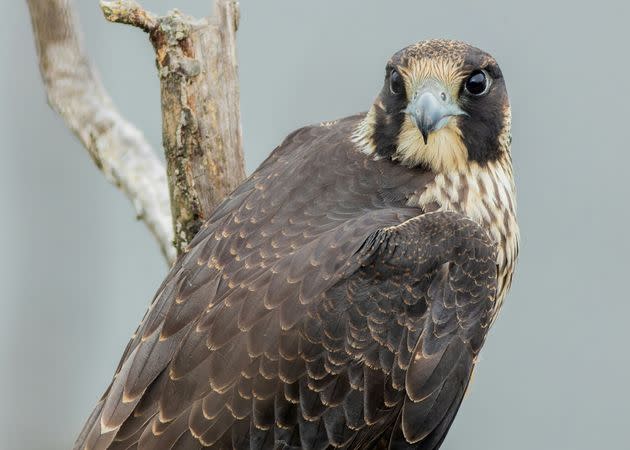
Until recently, the peregrine falcon was only found in the north and west of the UK. Yet, over the last couple of decades, according to The Wildlife Trusts, it has been spreading south. In recent years, it has found some unusual nest sites, including Derby Cathedral and the BT Tower in Birmingham
Peregrine falcons are generally known to be dangerous, according to FeatherSnap, and they are considered to be the one of the most fearsome predators of all bird species, thanks to their speed and defensive behaviour.
The Peregrine Falcon has sharp talons and strong-hooked beaks that are designed to capture and kill prey. While attacks on humans are rare, if the bird feels as if its nest is in danger, they may use their talons defensively, capable of causing deep cuts and puncture wounds.
The birds are increasingly found in urban areas, usually on tall structures, so if you do come across one, it is best to let it be. They may also attack small pets that stray on the bird’s territory.
Gulls
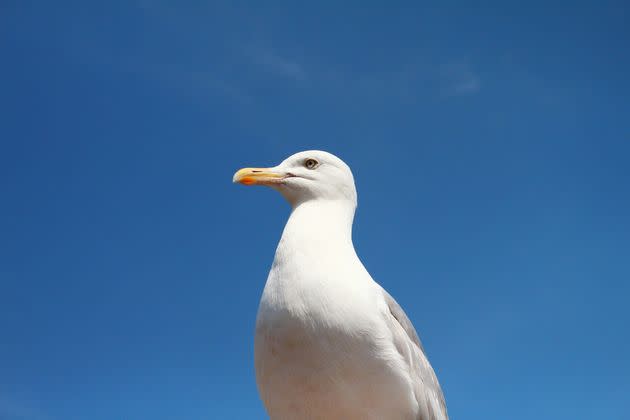
Given how common gulls (often known as seagulls) are in the UK, it may be surprising to learn that they are actually quite dangerous.
There are around 50 different species of gulls around the world, and five right here in the UK; great black-backed gull, lesser black-backed gull, herring gull; common gull, and black-headed gull.
In urban areas, gulls have become accustomed to humans and will try to steal food, especially at beaches or parks. They can exhibit food aggression and snatch things from people’s hands using their sharp beaks, causing grazes and minor cuts – which cause serious issues if not treated properly.
If a seagull does swoop to steal your food, don’t try to fight for it.
Seagulls are carriers of campylobacter — an antibiotic-resistant bacteria that causes stomach flu (gastroenteritis). So it is best to avoid these birds, especially during nesting season (between April and July).
Golden Eagle
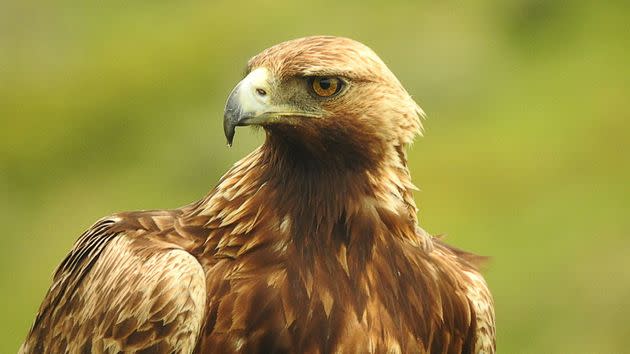
This iconic species is Scotland’s national bird and most of the UK’s population of Golden Eagles can be found in the Scottish Highlands. These are majestic birds of prey and, due to their size and strength, can be quite dangerous. Similar to the peregrine falcon, golden eagles have sharp talons and exhibit territorial behaviour.
The Golden Eagle has a massive wingspan of up to 2.3 metres and a weight range between four to seven kilograms. The bird is known for its speed, reaching up to 150mph. This, combined with their dive attacks, could cause serious injury.
Common Buzzard
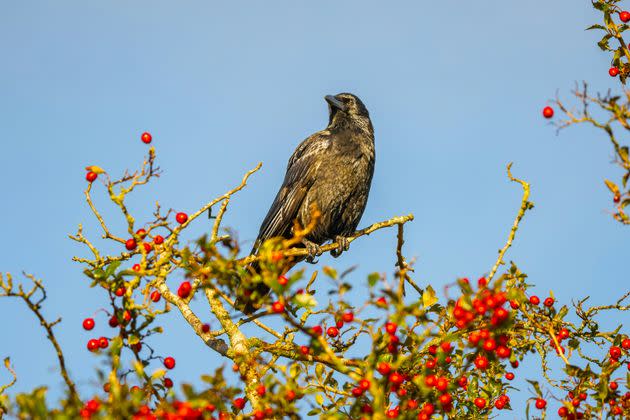
Common Buzzards are the most common and widely-spread bird of prey in the UK.
They are typically found in woodlands, farmlands and moorlands but can be seen in urban areas if there are large parks or green spaces. These birds are widespread across the UK and are very territorial.
They can become aggressive if they are protecting a food source and act defensively if they think a human or animal is getting too close to their food.
According to FeatherSnap, Common Buzzards are becoming more popular across the UK meaning that interactions with humans may increase.
The experts advise staying alert, especially in green areas.
Northern Goshawk
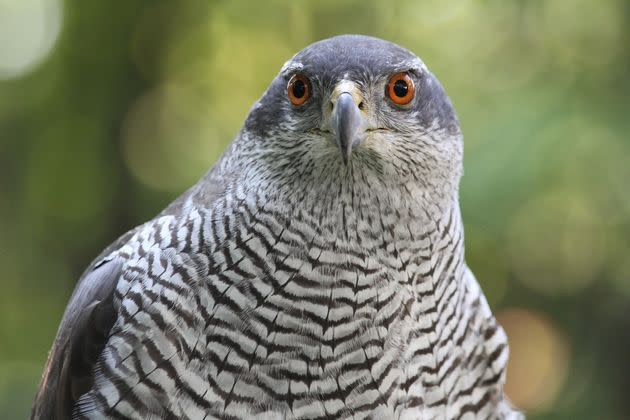
Similar to a Golden Eagle, the Northern Goshawk is a bird of prey and can become aggressive if a human gets too close to their nest.
Northern Goshawk attacks consist of dive bombs, and flying at high speeds near humans or intruders to try and intimidate them.
The Goshawk has a curved beak, which is used to hunt and kill prey such as rabbits, squirrels, and even other types of birds. These can cause serious cuts and wounds, especially if they are attacking at a high speed – they can fly up to speeds of 40mph.
Stay safe and stick to binoculars!


